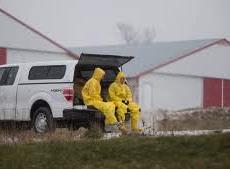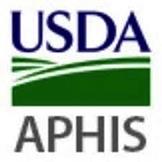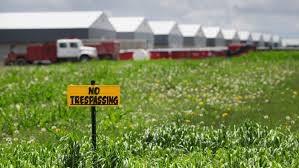 Since the first outbreak of H5N1 strain highly pathogenic avian influenza was diagnosed on a farm in New Castle County, DE on February 22nd, losses as a result of four outbreaks among commercial egg production farms have amounted to close to 5.6 million hens and 265,000 pullets. The most recent outbreak, involving three million hens in Jefferson Country, WI. confirmed on March 14th came as a shock, since the pattern of cases is reminiscent of the early weeks of the Spring 2015 epornitic. Since this unprecedented loss of flocks, our industry has invested in both structural and operational biosecurity that we presume will be effective in preventing introduction of virus onto farms.
Since the first outbreak of H5N1 strain highly pathogenic avian influenza was diagnosed on a farm in New Castle County, DE on February 22nd, losses as a result of four outbreaks among commercial egg production farms have amounted to close to 5.6 million hens and 265,000 pullets. The most recent outbreak, involving three million hens in Jefferson Country, WI. confirmed on March 14th came as a shock, since the pattern of cases is reminiscent of the early weeks of the Spring 2015 epornitic. Since this unprecedented loss of flocks, our industry has invested in both structural and operational biosecurity that we presume will be effective in preventing introduction of virus onto farms.
 Following outbreaks of exotic diseases including END and HPAI, the USDA-APHIS publishes reports dealing with risk factors, causation and control measures. At the AEB-UEP listening session on HPAI held on March 15th, Dr. Koren Custer discussed aspects of her Agency response to infection and depletion. In her response to questions she noted the routine evaluation of risk factors possibly contributing to an outbreak using preliminary epidemiologic questionnaires.
Following outbreaks of exotic diseases including END and HPAI, the USDA-APHIS publishes reports dealing with risk factors, causation and control measures. At the AEB-UEP listening session on HPAI held on March 15th, Dr. Koren Custer discussed aspects of her Agency response to infection and depletion. In her response to questions she noted the routine evaluation of risk factors possibly contributing to an outbreak using preliminary epidemiologic questionnaires.
The industry needs to know the nature of factors contributing to outbreaks in the five egg industry cases. This information is required as soon as possible since corrective action can be taken to resolve any deficiencies in biosecurity that have emerged relevant to the 2022 outbreaks. An initial best-judgement professional opinion in late March would be infinitely more useful than a more comprehensive review with statistical analysis in 2024. What the industry urgently needs is guidance from APHIS based on an initial epidemiologic evaluation of cirumstances leading to HPAI in the affected complexes.
 USDA-APHIS is urged to review the questionnaires with specific reference to egg production units that have represented the major losses to date in terms of bird numbers and financial impact. Considered observations based on experience and training that identify deficiencies in biosecurity or epidemiologic factors that may have emerged since the 2015 epornitic will provide valuable guidance for the industry and may avert future outbreaks in the immediate term.
USDA-APHIS is urged to review the questionnaires with specific reference to egg production units that have represented the major losses to date in terms of bird numbers and financial impact. Considered observations based on experience and training that identify deficiencies in biosecurity or epidemiologic factors that may have emerged since the 2015 epornitic will provide valuable guidance for the industry and may avert future outbreaks in the immediate term.